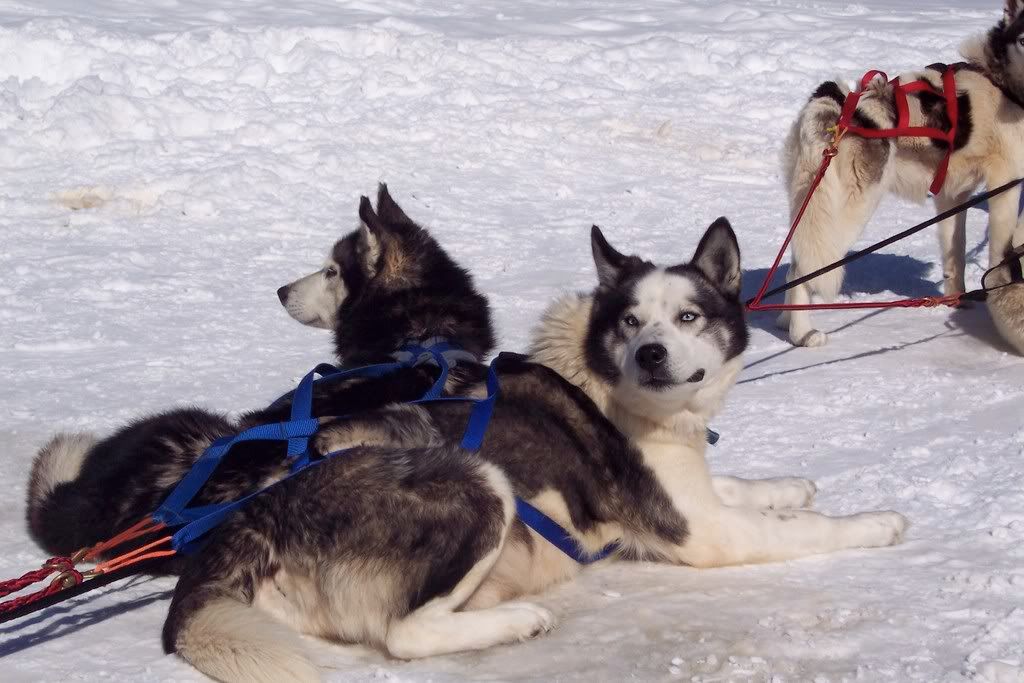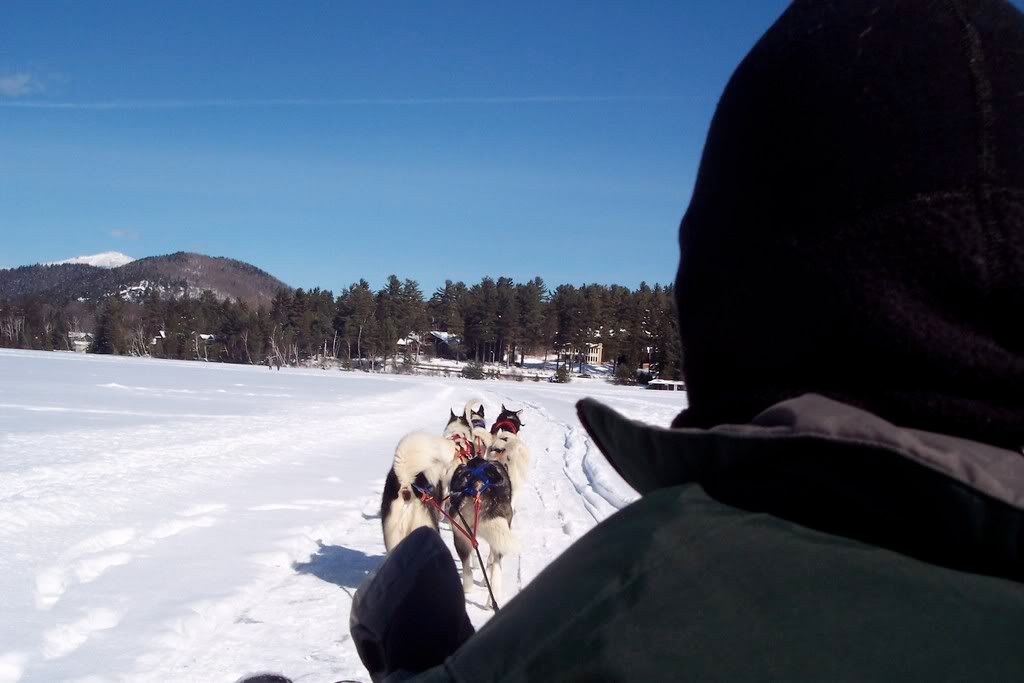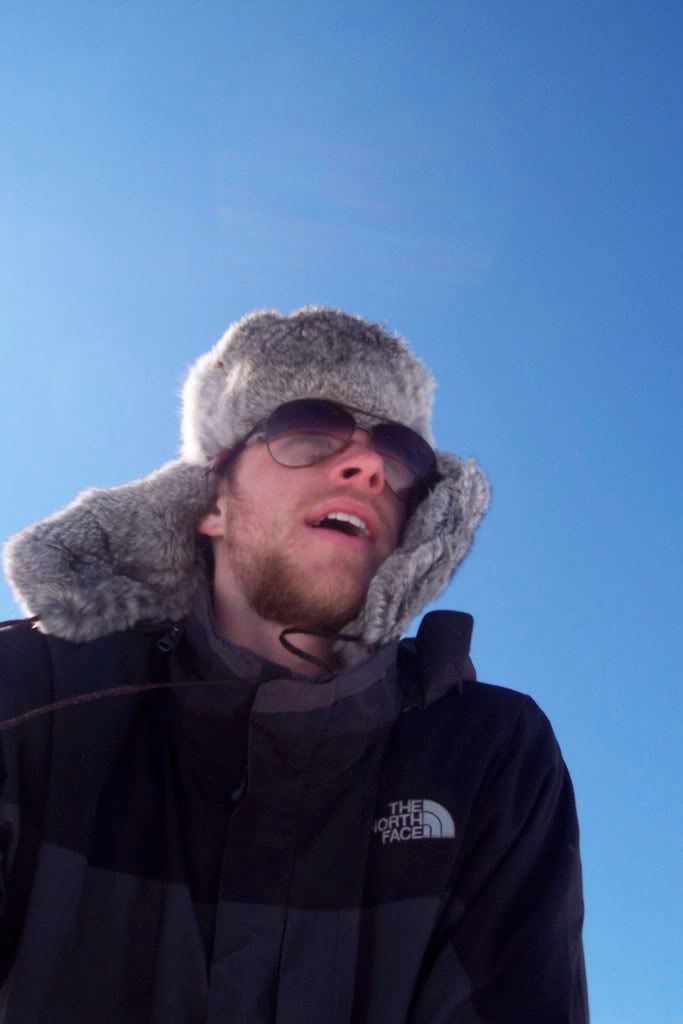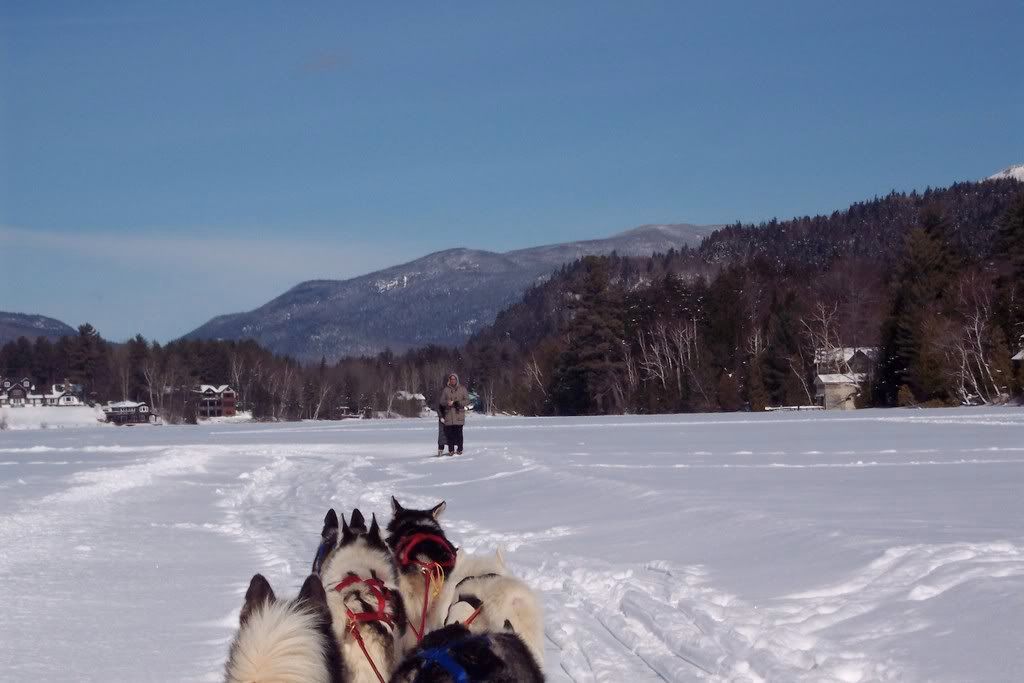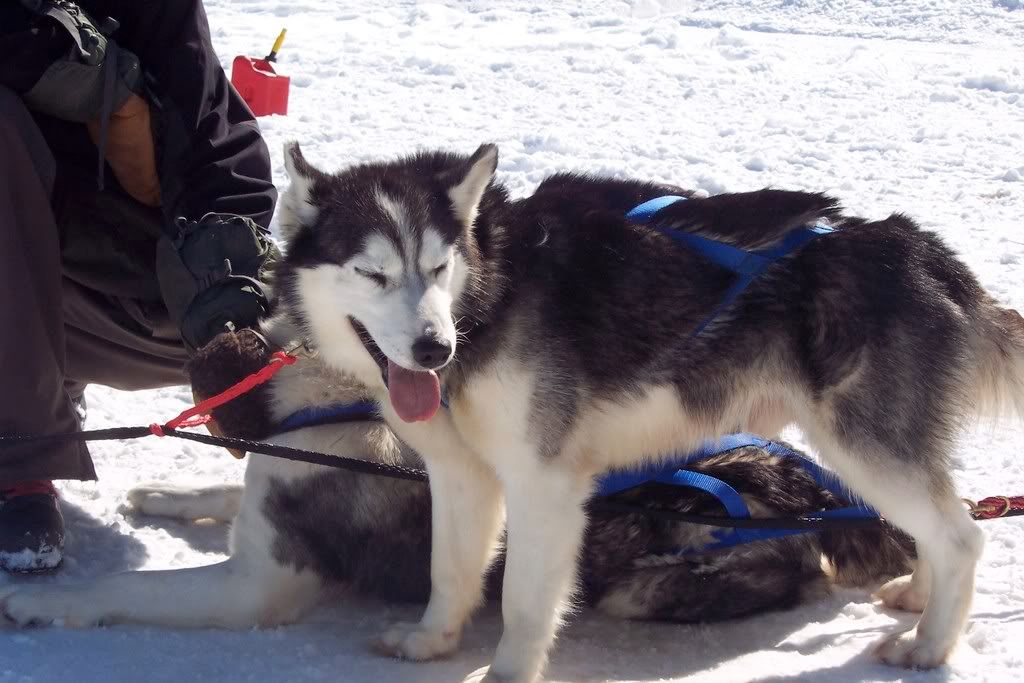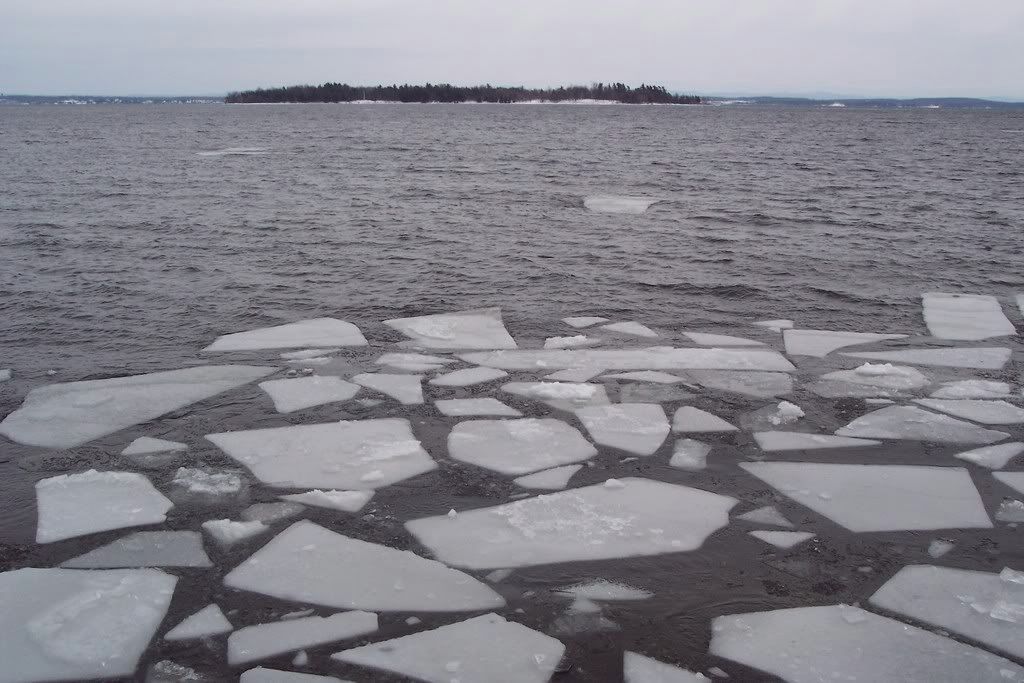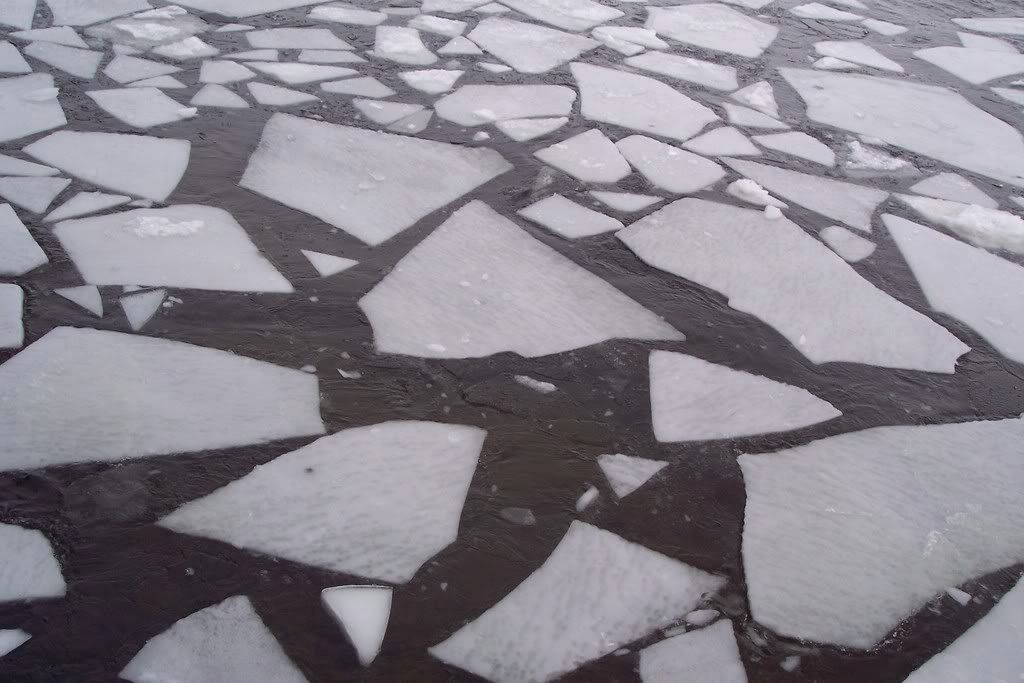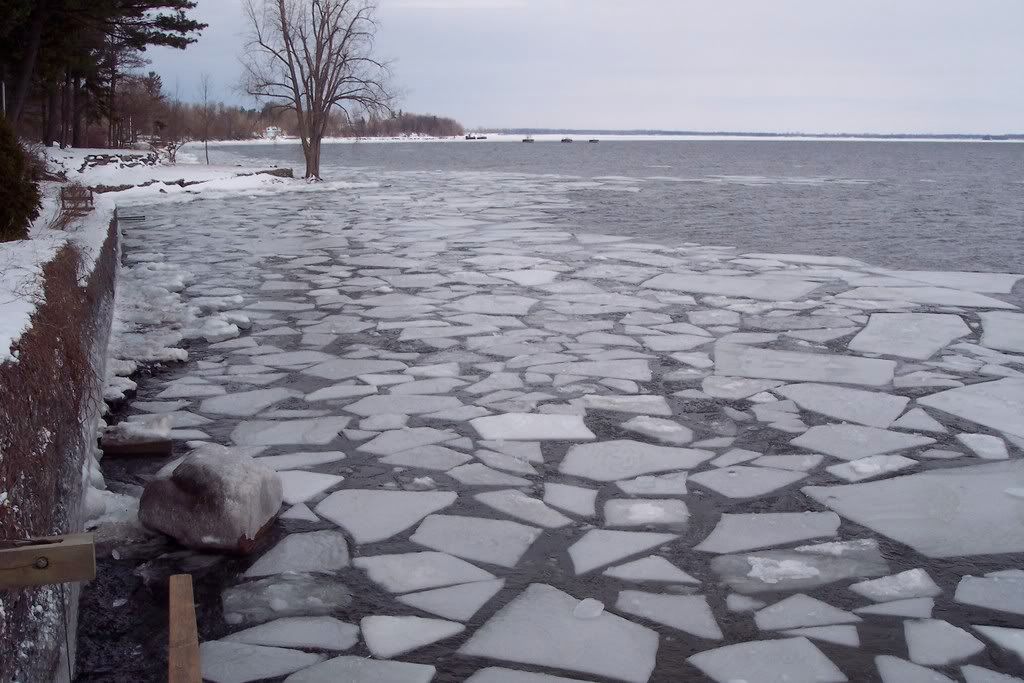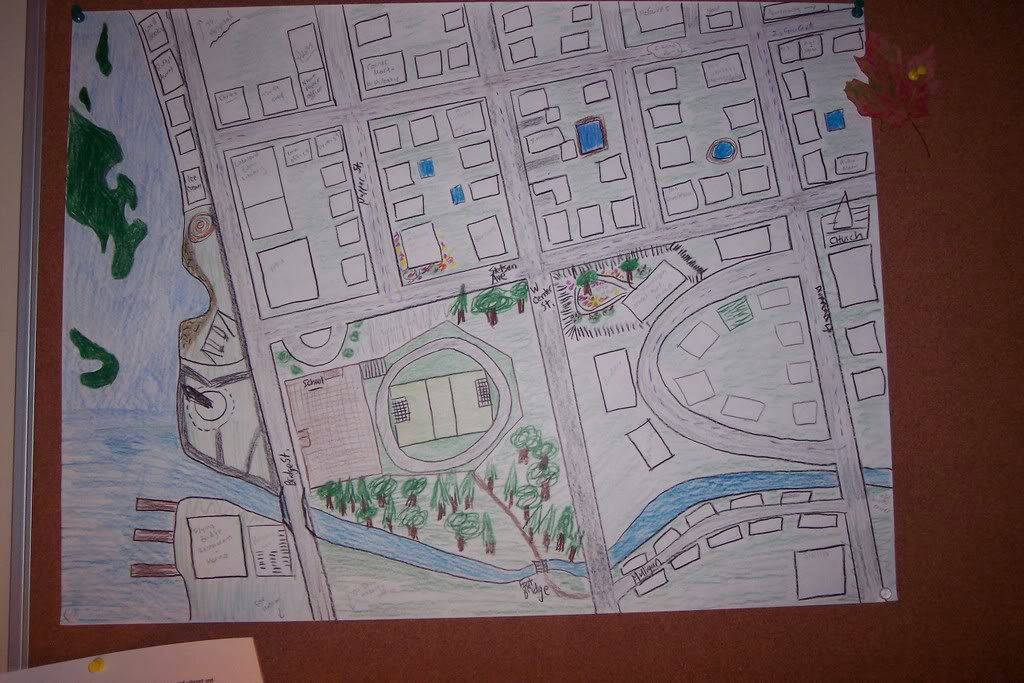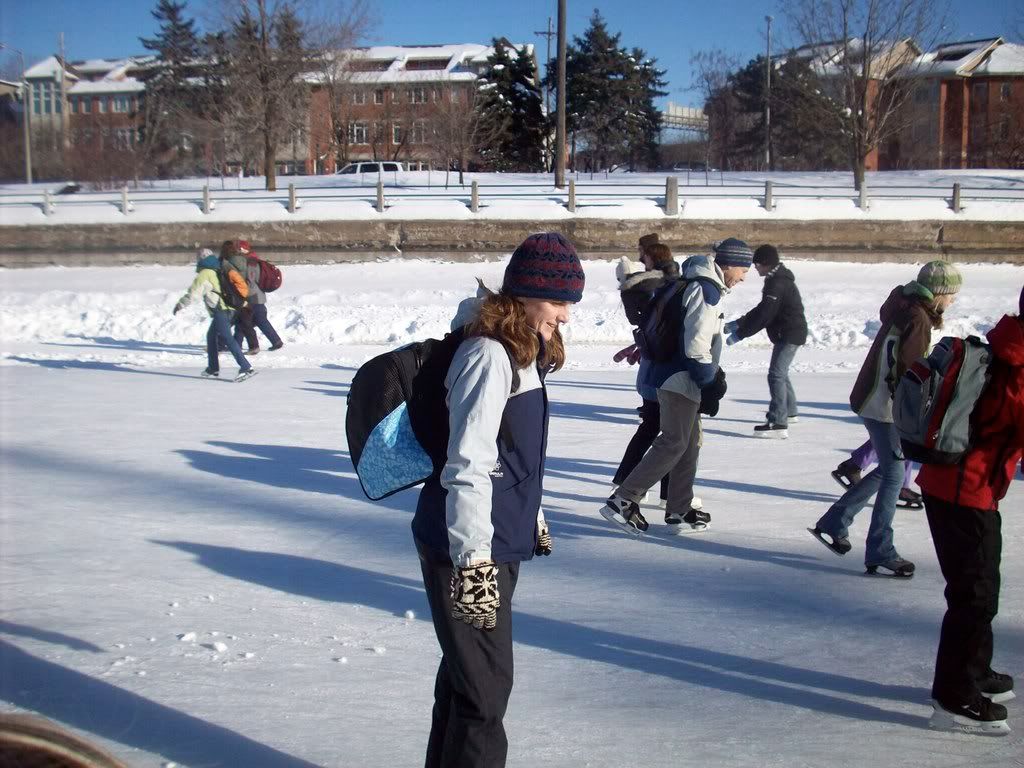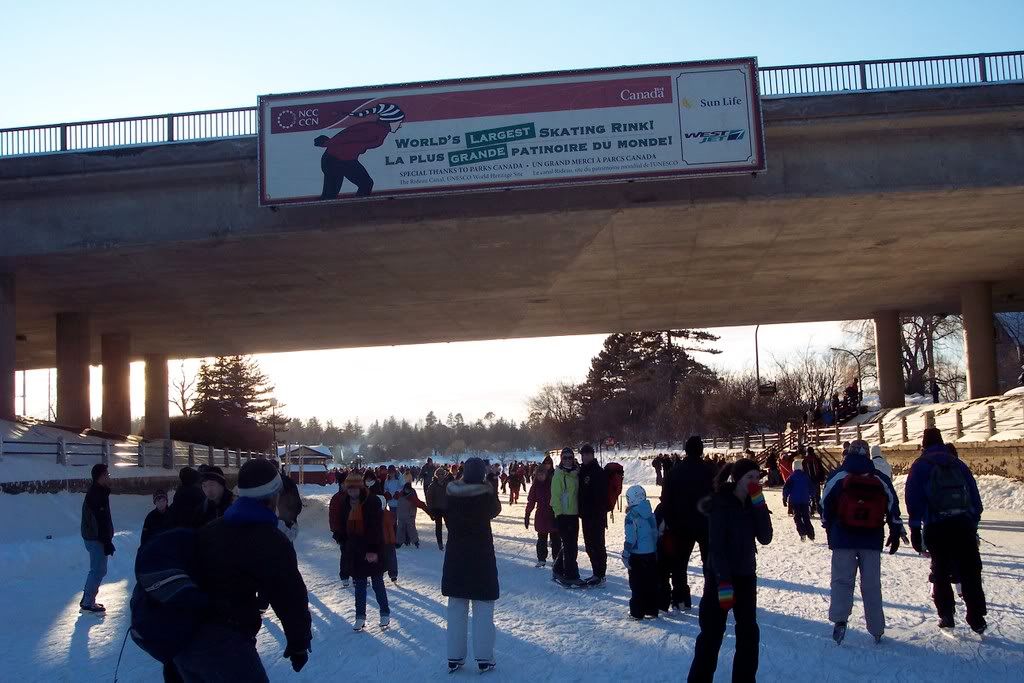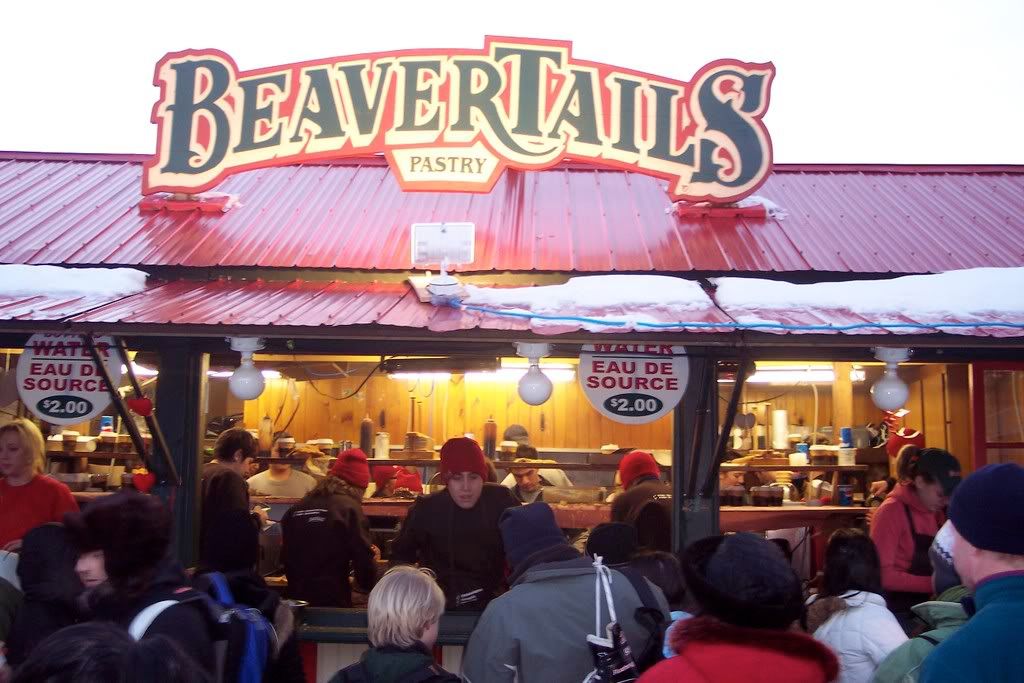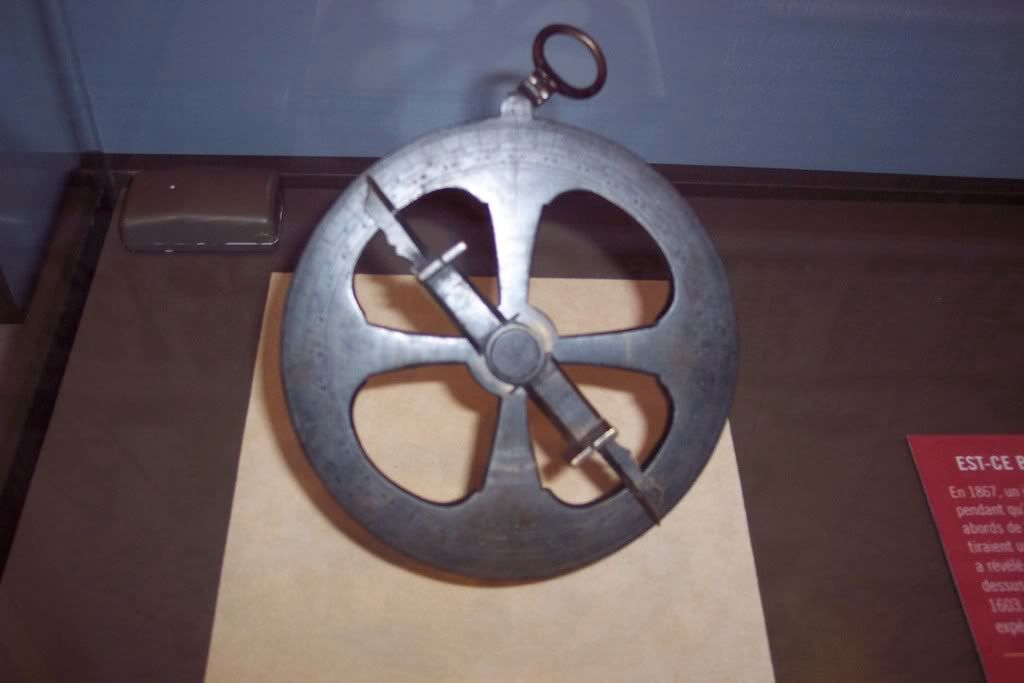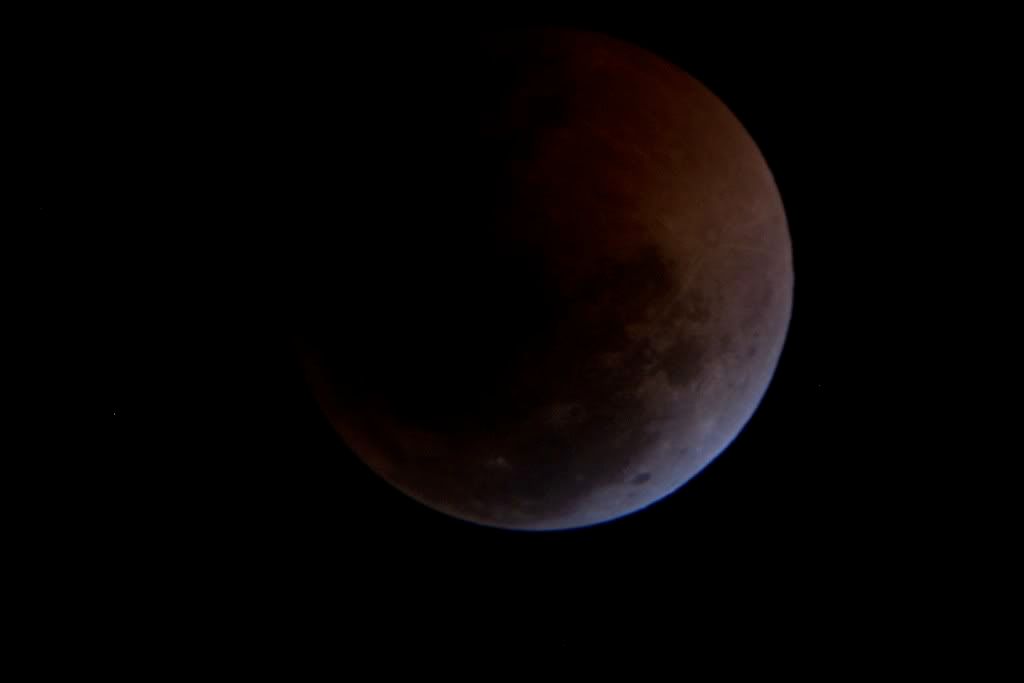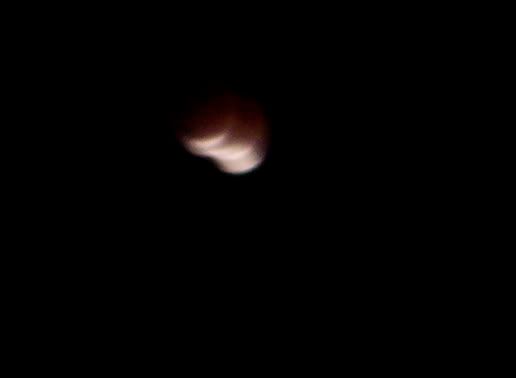
If you’ve spent any time around middle school kids, you know they devour Jim Murphy’s works of nonfiction. Murphy has won two Newbery Honors for his books The Great Fire and An American Plague: The True and Terrifying Story of the Yellow Fever Epidemic of 1793. His latest book, The Real Benedict Arnold, was brought to my attention this fall by a Vermont librarian who purchased it as a non-fiction companion to go along with my middle grade historical novel Spitfire, about a young girl who disguises herself as a boy to join Arnold’s fleet on Lake Champlain during the American Revolution.




Jim was kind enough to take time out from his writing to answer some questions for blog readers.
Thanks so much for joining us, Jim! Your most well-known works of non-fiction for middle grade readers have focused on disasters — fire, the blizzard, the yellow fever epidemic. What drew you to write a book about Benedict Arnold?
Yes, I’ve done a lot of books that focus on one or another form of disaster. In fact, my friends jokingly call me the Master of Disaster. I try to write nonfiction that reads like a good “you are there” story and a fire or blizzard or whatever has the built feature of having a beginning, middle, and an end. What’s more, these are often dramatic events that people who survive write about in vivid and dramatic prose. Combine the event and the people and the result has the potential to be a book that allows readers to experience a part of our history in an active, involving way.
So you’re right that The Real Benedict Arnold was a bit of a departure for me. I was drawn to him because most books about the American Revolution or about Arnold simply paint him with the traitor brush and never try it discover why he turned against the Cause. In addition, very few give him proper credit for his military abilities. He was, in my opinion, the best field general that the colonies had and deserves a great deal of credit for the ultimate American victory.
Where did your research for this book take you? Were there many surprises along the way?
Researching The Real Benedict Arnold was a nightmare. I ended just about every day with a massive headache and the feeling that I’d only scratched the surface. But after six or so years the path to the finished began to look clearer. Here’s why it proved to be so difficult. I found that many, if not most of the negative stories about Benedict surfaced after he’d turned traitor. I wondered how many were invented by people who wanted to distance themselves from Benedict or saw it as an opportune moment to get even. I also wanted to find out the truth about the negative stories that existed before he went over the British. So every event in his life had to be evaluated as if it was a potential crime scene and my job was to trace every story (positive and negative) back to its origins and then evaluate it as carefully as I could. The biggest surprise for me was how many of these stories were completely fabricated and false, and then passed along as fact by succeeding generations of historians.
You’ve written both non-fiction and historical fiction. How does your writing process differ with those two genres?
Research for both my nonfiction and historical fiction is pretty much the same. I’m a bit obsessive about assembling facts and trying to “see” what the person or event was really like. The writing process itself is different. In nonfiction I can include only information that I’ve been able to verify with at least two reliable sources. This means stopping frequently to discover, for instance, what the weather was like every day during Benedict’s march with his troops through the Maine wilderness. With my historical fiction, the emphasis is on the characters – what are their conflicts or aspirations, what problems get in their way and how to they overcome them, etc. Still, I try to create characters that are historically accurate. This means shying away from giving them obviously modern opinions and ideas (say about the environment or war in general).
Many teachers are using your books in the classroom, particularly as companion books alongside historical novels. I know that my school has a class set of An American Plague that we use with Laurie Halse Anderson’s Fever, and I’ve heard from another school that’s planning to use your new Arnold book as a non-fiction companion to go along with my own historical novel, Spitfire. As an author, how do you feel about the trend of fiction & non-fiction being paired in the classroom?
On a purely selfish level, I love to have my nonfiction books paired with someone else’s historical fiction counterpart. In general, kids will much more readily seek out historical fiction than nonfiction (historical fiction comes with a promise of action and drama, while nonfiction seems like tons of facts). So using one of my nonfiction books and historical fiction together in a classroom allows more readers to get a taste for the way I write history and might even convince some that it might even be fun to read.
I like the pairing of nonfiction and historical fiction for another reason. Reading historical fiction allows readers to see the past through a character’s eyes and, hopefully, might prompt a series of opinions or questions. Readers can then use the nonfiction book to check out their ideas or get a fuller understanding of our past.
Are there other works of historical fiction that you like to recommend as companions to your non-fiction titles? Have you heard about novels or picture books that teachers like to use along with Blizzard and The Great Fire?
This is a great question for which I have no answer. I tend to muddle along day to day struggling to get words on a page, so I haven’t devoted much thought to additional pairings. And most teachers I’ve spoken with have spoken about the pairings mentioned above, but not offered new ones. Maybe the notion is so new that most of us don’t think about it in a regular way. Besides, I have a feeling most of your readers a better qualified to make such pairings. Or maybe someone out there should write an article about it for SLJ….
(How about it blog readers? Any thoughts on novels or picture books that would work well as pairings for Murphy’s other books? Betsy Bird, doesn’t that sound like a blog post in the making?)
Readers always love a sneak preview, Jim. Can you tell us what you’re working on now?
What am I working on? Well, I’ve written a nonfiction book about the Battle of Antietam called A Savage Thunder. It’s a look at how Robert E. Lee and George McClellan managed their armies both before, during, and after the battle, but the story line is driven by scores of firsthand accounts of the fighting. It will be published by Simon & Schuster in spring, 2009.
I have two other nonfiction books in the works. One is entitled Truce: The Day the Soldiers Refused to Fight (and is about the famous Christmas truce in 1914). The other as yet untitled book follows George Washington from his disastrous performance in the Battle of Long Island to his miraculous victory at Trenton. Neither book has an official pub date, but (if someone somewhere smiles upon me) might appear in 2009.
Finally, my wife, Alison Blank, and I are writing a history of tuberculosis (which is much more interesting and scary than it sounds).
Jim, thanks so much for joining us for Nonfiction Monday! We’ll be looking for those new titles in 2009.







